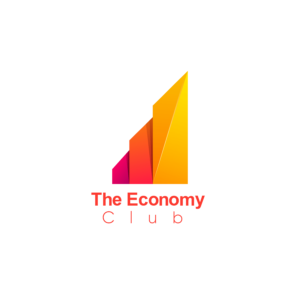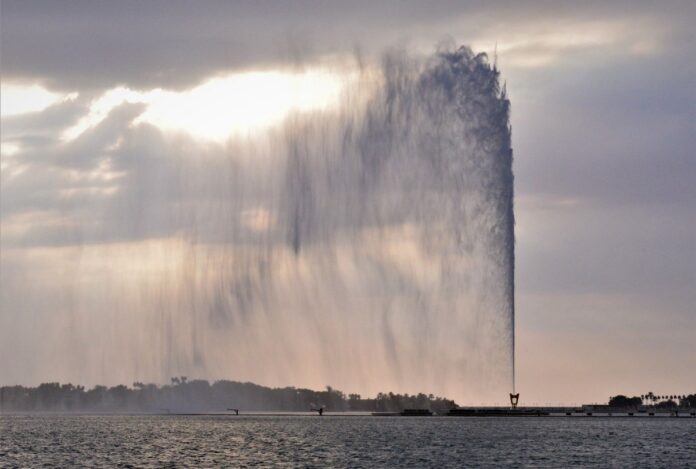RIYADH: In recent decades, investors from Greece and Saudi Arabia have collaborated on a number of joint ventures, mirroring the positive trajectory of their engagement on political and diplomatic levels.
Exports from Greece to Saudi Arabia and vice versa have played a prominent role in the flowering of their commercial relationship.
Viewed through the prism of history, the multidimensional ties that bind Greece and Saudi Arabia today are a continuation of Greek-Arab relations that date back centuries. For proof, one need look only at the artifacts preserved in the Riyadh Museum for History and Archeology, including Greek coins, or drachmas, dating back more than 2,000 years.
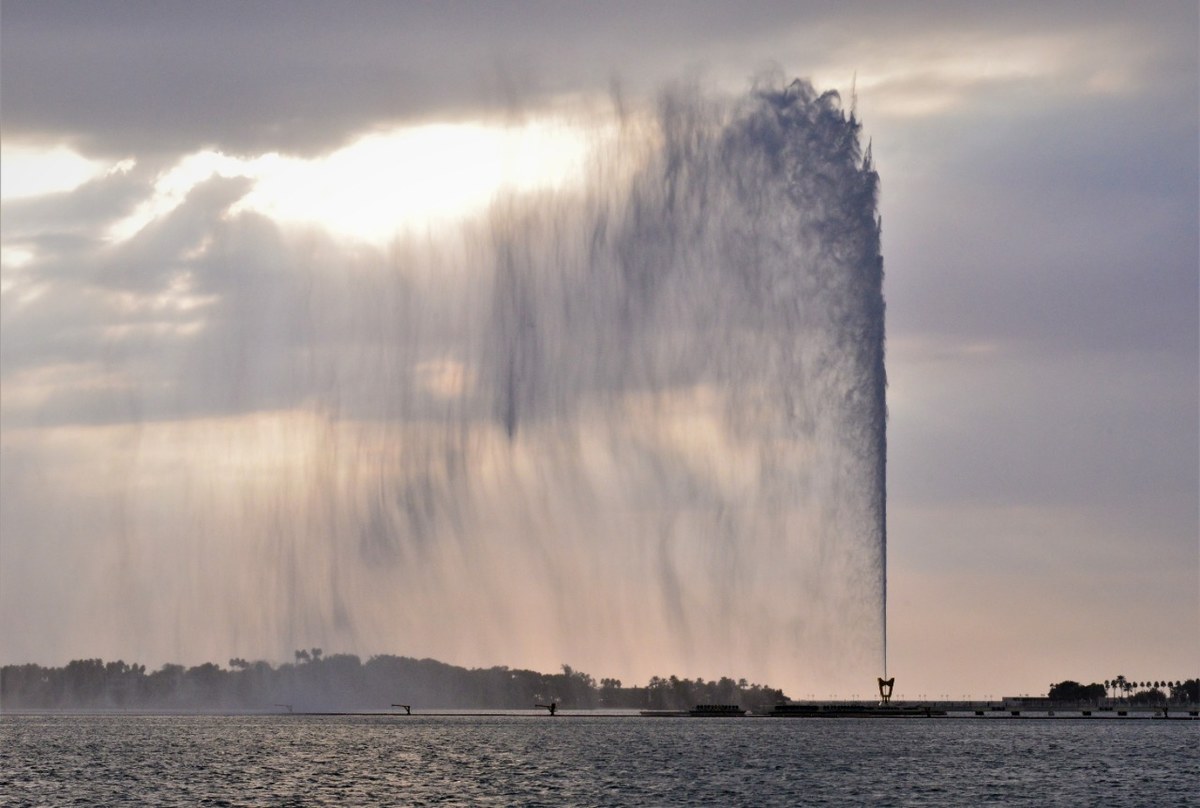
More broadly, scholarly and architectural influences of ancient Greece can be seen to this day throughout the region, from Europe, the Eastern Mediterranean and the Levant, to Mesopotamia, Iran and even India.
Through the trade links and conquests of antiquity, Hellenistic ideas blended with those of Arab and later Muslim thinkers, in everything from mathematics and medicine to astronomy and philosophy.
Back then, the Arab world traded in pearls and rare fragrances. Today, Saudi Arabia’s most important export to Greece is crude oil, while Greece has been a long-standing supplier of cotton seeds, metals, food items such as margarine, processed goods, nuts and fruits, and pharmaceuticals.
In 2020, Greek exports to Saudi Arabia were valued at $339.04 million while its imports from the Kingdom stood at $620.57 million, according to the UN Comtrade database on international trade.
Food items have always been an especially popular Greek export to Saudi Arabia, but few people are aware that Greece — home to so many ancient stone-hewn wonders — is also a major exporter of construction materials, including steel, stone, plaster and other building components.
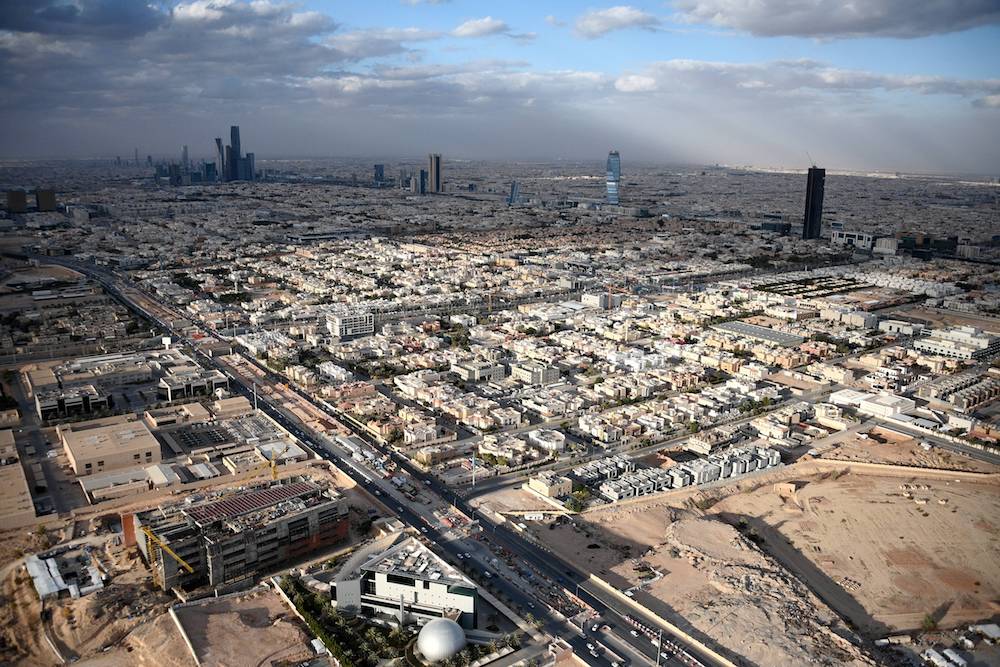
With Saudi Arabia’s expanding tourism sector and booming population, there are ample business opportunities for nations like Greece to share their expertise.
Greek companies are active participants in the Kingdom’s infrastructure development and expansion as it tries to meet its Vision 2030 goals — the reform agenda aimed at opening Saudi Arabia to the world and diversifying its economy away from oil.
At the fourth Future Investment Initiative forum held in Riyadh in February, Crown Prince Mohammed bin Salman announced an ambitious strategy to double the population of Riyadh from its current population of around 7.5 million people and turn it into one of the world’s top 10 urban economies by 2030.
Planners envisage a livable, human-centric city replete with green spaces, recreational facilities and an urban lifestyle designed to attract talented professionals from around the world to the biggest city in the Middle East.
The same was true in the 1970s, when the booming city needed the skills of a master-planner. The authorities called in Constantinos Doxiadis, an architect and urban planner, who had worked on several projects in his native Greece.
With Riyadh in the midst of oil-fueled economic and demographic growth, Doxiadis experimented with the idea of a US-style grid system, still in evidence in the Al-Olaya district of the city today.
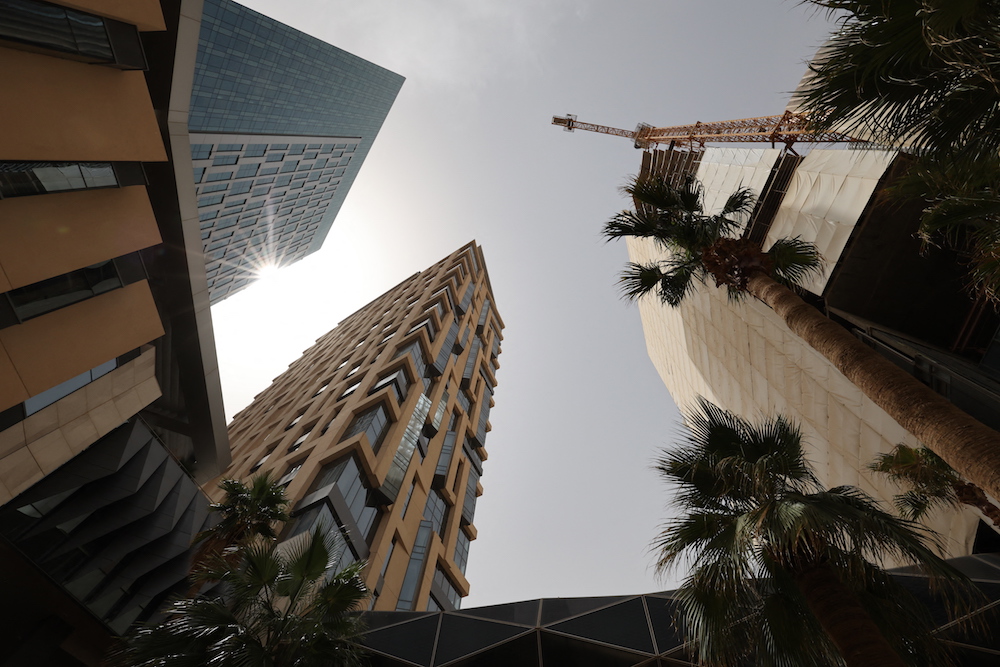
Saudi government officials have portrayed the latest “Riyadh Renaissance” as an integral part of the larger success of Vision 2030. This means more opportunities for infrastructure development in real estate, housing and mass transit for Greek companies specializing in these fields.
Among Saudi Arabia’s most ambitious plans beyond the capital is the creation of all new coastal resorts and “smart cities” — including the Red Sea Project and NEOM.
The Red Sea Project is a regenerative tourism destination along Saudi Arabia’s west coast and one of three mega-projects announced by the crown prince in July 2017.
The first phase of the project includes 16 hotels, providing 3,000 rooms across five islands, and two resorts on the mainland. Retail, entertainment and other commercial facilities will also be included in the first phase.
The Red Sea project, scheduled to be completed in 2030, will ultimately feature 50 hotels with 8,000 hotel rooms and around 1,300 housing units distributed over 22 islands. A yacht marina, entertainment centers and an international airport, along with public and logistical facilities, will be among the attractions.
NEOM, located in northwest Saudi Arabia, is being built with at a total investment of $500 billion. The aim is to make it a global center for technology and innovation, with hyper-connected communities living and working in an environmentally sustainable ecosystem that does not further pollute the planet.
Greek expertise in construction and smart structures are likely to be utilized in the implementation of these Saudi mega-projects. Construction industry leaders who have already collaborated closely with the Kingdom include Athens-based Salfo and Associates SA.
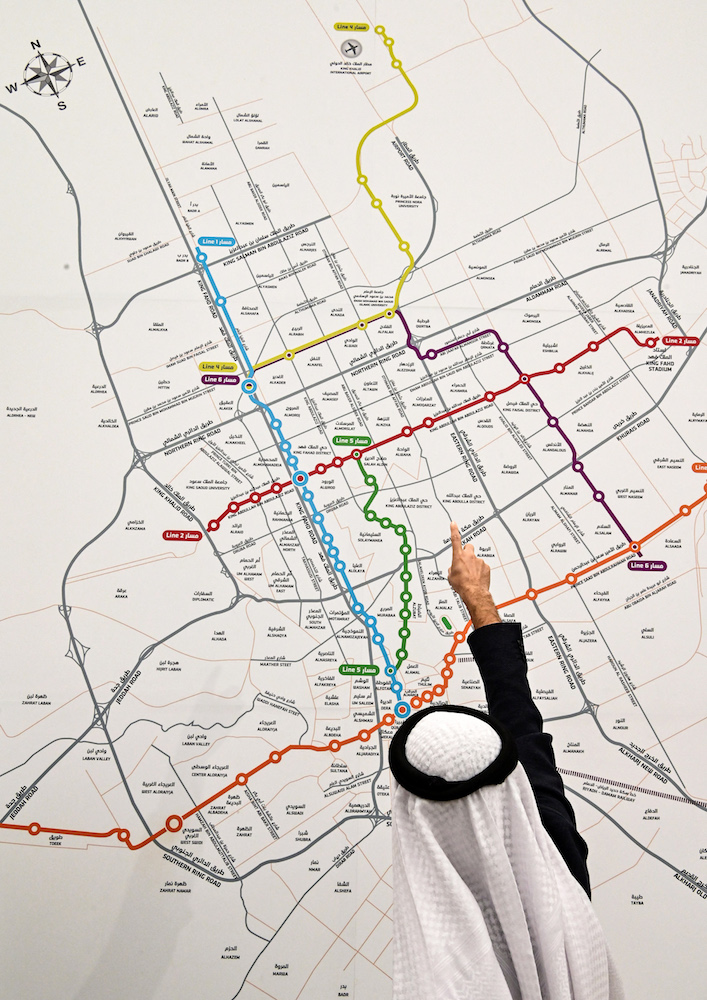
Originally founded in 1994, Salfo deals in international consulting services and infrastructure projects. The company has offices in Cyprus, the UAE, Qatar, Oman and Eastern Europe, and a branch in Saudi Arabia.
The Kingdom has hired Salfo to design smart car parks across its cities using the latest parking and payment technology.
SETE Energy Saudia for Industrial Projects Ltd. — or SETE Saudia for short — is another big player. It began work in the Kingdom about 40 years ago, first incorporated under the name of Petrola International.
The Greek-founded company started life in the 1940s as a shipping and trading concern. After establishing a strong presence in Saudi Arabia’s western region, it expanded into oil and gas, civil engineering projects, real estate and water treatment.
Over the decades, SETE Saudia has executed projects for the Kingdom’s mass transit network, which serves millions of pilgrims who travel to Makkah and Madinah every year.
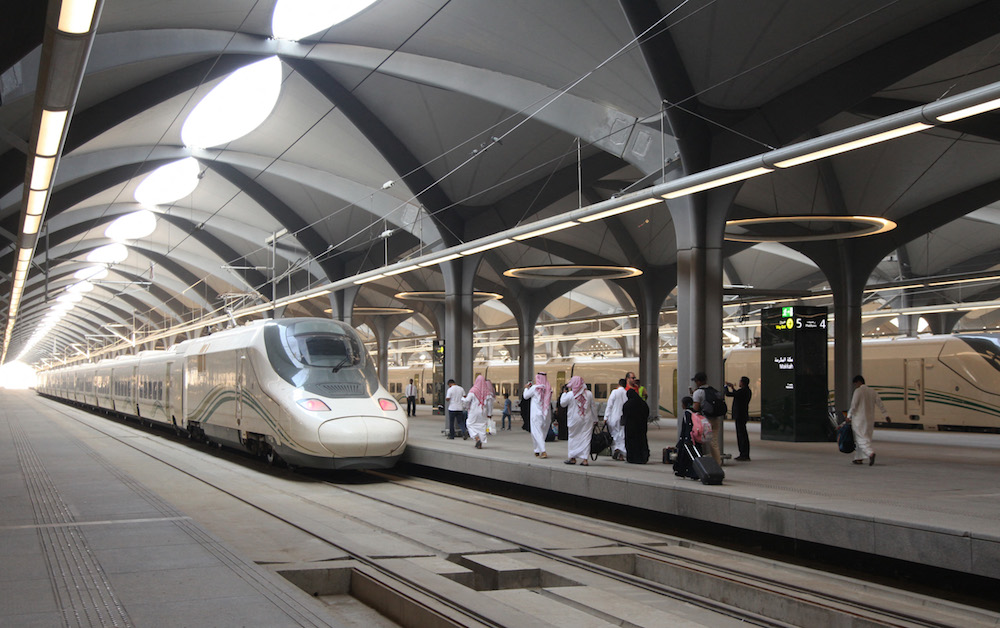
In 1985, SETE Saudia designed and built the iconic Jeddah Fountain — the tallest of its kind in the world — which shoots a jet of water 312 meters into the air at a rate of 375 kilometers per hour.
“Of all our achievements in the Kingdom over the past 30 years, the Jeddah Fountain is certainly the most visible,” Richard Bacos, then-chairman of the firm’s technical services, told Arab News in a 2005 interview. “It makes us feel very proud every day of every month of every year.”
The fountain remains an awe-inspiring monument to Greek-Saudi friendship on the Jeddah skyline.
CEO Marlon Saab said SETE Saudia is currently executing many joint projects in the Kingdom, including the development of community housing, the construction of marinas and renovations to water-treatment facilities.
“As the Kingdom diversifies its economy with Vision 2030, there are growth opportunities in several sectors,” he told Arab News.
“We hope to be part of this great country’s people and economy for decades to come.”
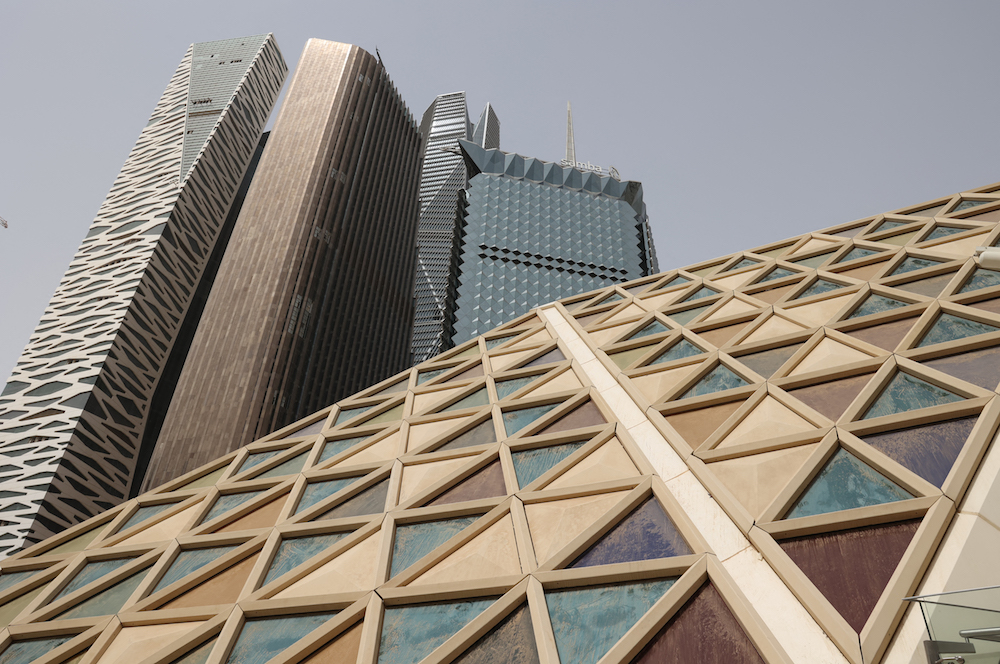
Why Greece is such a popular hotspot for Arab tourists How Saudi Arabia made its Olympic dreams a reality
